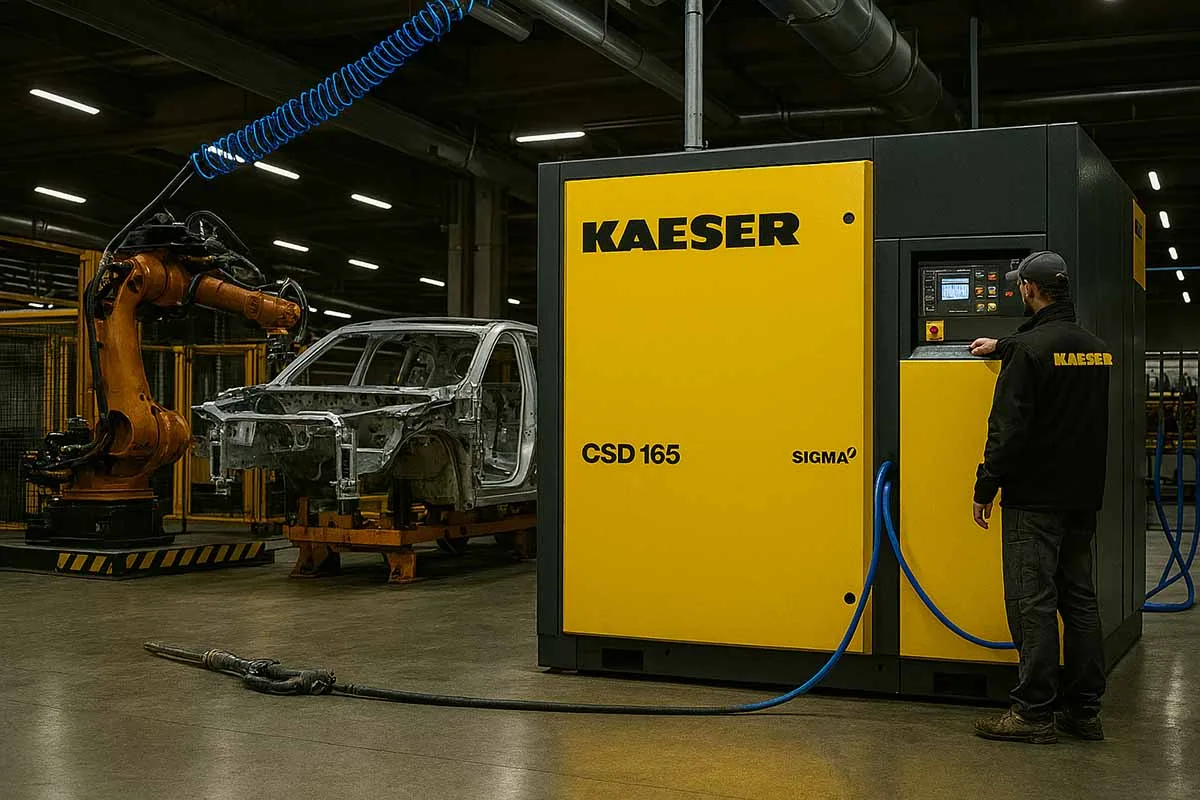Why Torque Wrench Maintenance Is Not Optional
Let’s face it – your torque wrench isn’t a hammer (even if it sometimes feels tempting to use it like one). It’s a precision-calibrated instrument, and if it’s off by even a little, things can go sideways fast. Think stripped bolts, faulty assemblies, and even catastrophic mechanical failures.
To avoid these costly disasters, proper maintenance is essential. Not optional. Not “when you remember.” It’s a habit you need to build if you care about safety, accuracy, and saving money in the long run.
How Long Should a Torque Wrench Last?
A high-quality torque wrench can last 10 years or more – but only if you maintain it properly. Many users unintentionally cut that lifespan in half by storing it incorrectly, overusing it, or neglecting calibration.
Key Torque Wrench Maintenance Steps
Let’s break down the essential maintenance routine that will keep your torque wrench in peak condition.
1. Always Reset After Use
- After using a click-type wrench, always turn it back to the lowest setting – but not to zero (which can affect spring tension).
- This releases internal spring pressure, preserving calibration accuracy.
Pro Tip: Make it a ritual. Torque, click, reset.
2. Keep It Clean and Dry
- Wipe down your torque wrench after every use with a dry or slightly damp cloth.
- Never submerge it in water or clean it with aggressive chemicals.
- Pay extra attention to the ratcheting head, especially if used in oily or dusty environments.
Interesting Fact: A single speck of grit inside the ratchet head can throw off calibration or cause internal wear.
3. Store It Like a Surgical Tool
- Use the provided hard case or a foam-lined drawer.
- Keep it in a cool, dry place – not in the back of a hot car or damp garage.
- Don’t hang it from a pegboard. The tool isn’t made to dangle.
Lesser-Known Fact: Many torque wrenches go out of spec just from being stored vertically or under spring tension.
4. Calibrate Regularly
- Industry standard: once a year or every 5,000 uses – whichever comes first.
- If dropped, or if you’re relying on precision (automotive, aerospace, etc.), calibrate more often.
- Most pro shops or tool manufacturers offer calibration services.
Funny Tip: If your “calibration method” involves guessing by feel… you’re basically playing mechanical roulette.
5. Use It for Torque Only
- Never use your torque wrench to loosen bolts.
- Never use it as a pry bar, mallet, or extension handle.
- Never exceed the max torque rating “just once.”
Every misuse throws off internal springs and gears that affect accuracy.
Quick Torque Wrench Maintenance Checklist
| Task | Frequency |
|---|---|
| Wipe clean | After every use |
| Return to lowest setting | After every use |
| Calibrate | Every 12 months or 5,000 uses |
| Visual inspection | Weekly or before use |
| Store properly | Always |
Torque Wrench Maintenance FAQ
⚖️ Pros and Cons of Regular Maintenance
| Pros | Cons |
|---|---|
| Longer tool lifespan | Requires discipline and habit |
| More accurate torque application | May involve small costs for calibration |
| Better safety and reliability | Not always convenient |
| Avoids expensive part replacements | Can seem unnecessary until it’s too late |
🧼 Maintenance for Different Types of Torque Wrenches
Click-Type:
- Most prone to internal spring wear.
- Resetting and calibration are critical.
Beam-Type:
- Virtually maintenance-free but still requires clean storage.
- Calibration is rarely needed unless bent or warped.
Digital:
- Keep batteries fresh.
- Avoid dropping; internal sensors are fragile.
- Store in original case with desiccant packs to avoid moisture.
Dial-Type:
- Easy to read but sensitive to shock.
- Store flat in a padded box.
🚫 Torque Wrench Don’ts
- Don’t toss it in your toolbox like a screwdriver.
- Don’t expose it to heat or freezing temps.
- Don’t exceed its rated torque “just this once.”
- Don’t leave it in your car overnight (hello, humidity and rust).
Want To Learn More About Torque Wrench?
Find out more information on torque wrenches in the following articles:
- The Ultimate Guide to Torque Wrenches
- How to Use a Torque Wrench in the Automotive Industry
- Automotive Torque Wrench Buying Guide 2025
- Digital vs. Mechanical Torque Wrenches: Which Is Better?
- Best Digital Torque Wrench in 2025
- How to Calibrate a Torque Wrench: Step-by-Step Guide
- Top Torque Wrench Manufacturers Reviewed (2025 Edition)
- How to Set Up a Torque Wrench Correctly (Step‑by‑Step)
- How to Read a Torque Wrench Correctly? – Industrial Tools
- 5 Common Mistakes When Using a Torque Wrench
- The Future of Torque Wrenches: Smart Tools & Automation 2025
- Torque Wrenches in Aviation – Case Studies on Safety
- Torque Wrench Safety: Prevent Overtightening & Bolt Failures
- Torque Wrench Accuracy Explained | Understanding Tolerance in Practice
- Digital Torque Wrench Calibration – Step-by-Step Guide 2025
- Snap-On Digital Torque Wrenches (2025) – Premium Review
- Proto Torque Wrenches: Complete Buying Guide & Pro Review (2025 Edition)
- How to Choose the Right Torque Wrench for Your Job
Final Thoughts: Treat It Right and It’ll Treat You Right
Your torque wrench is more than just another tool. It’s a precision instrument designed to give you exact control over how tight your fasteners are. That’s a big deal – especially in industries where safety, performance, and reliability matter.
By following these maintenance steps, you’re not just extending the life of your tool. You’re extending the life of the machines, vehicles, and systems it helps assemble. And that’s just smart mechanics.
What’s Your Torque Wrench Ritual?
Do you have your own maintenance hacks? A horror story from forgetting to calibrate?
Share your experiences in the comments – we’d love to hear them!
And if you found this post helpful, don’t forget to share it on social media to help others protect their tools and their projects.





